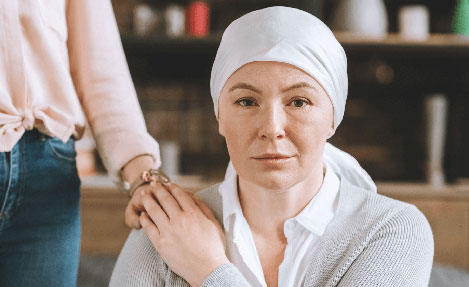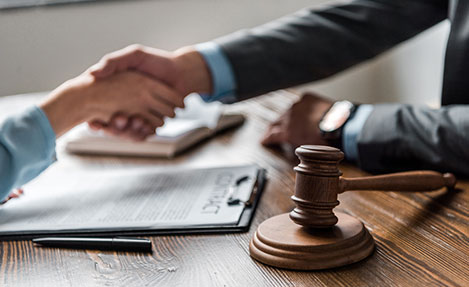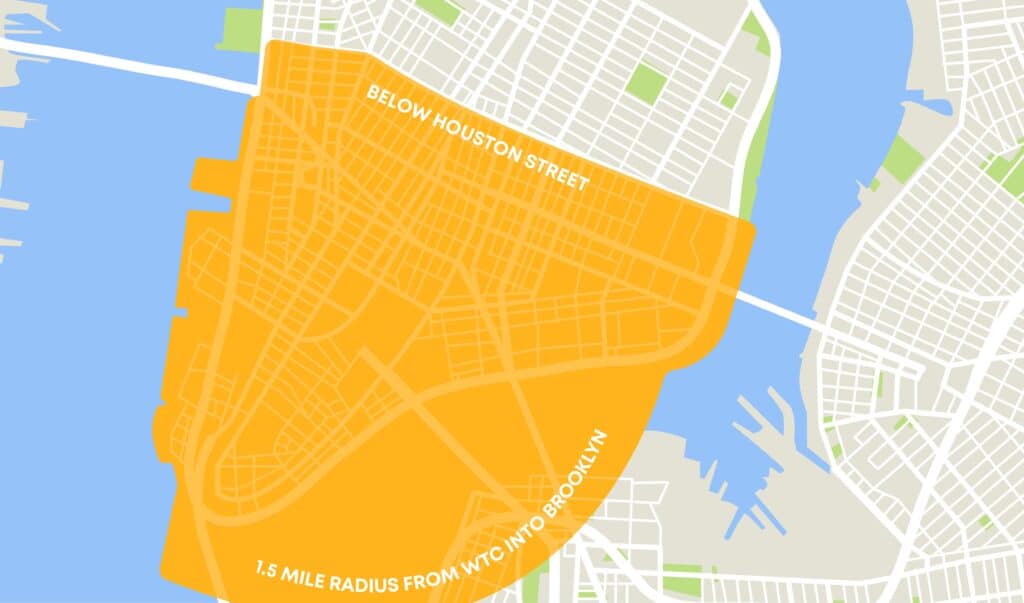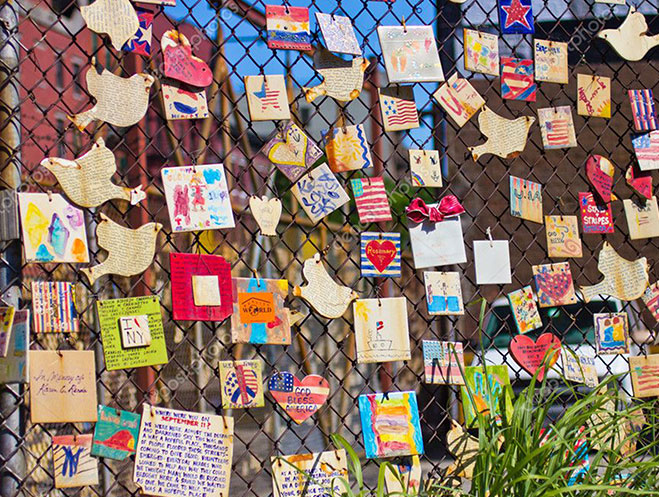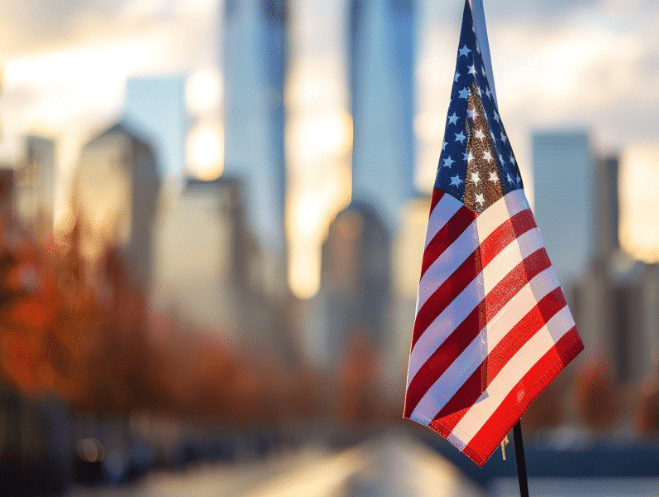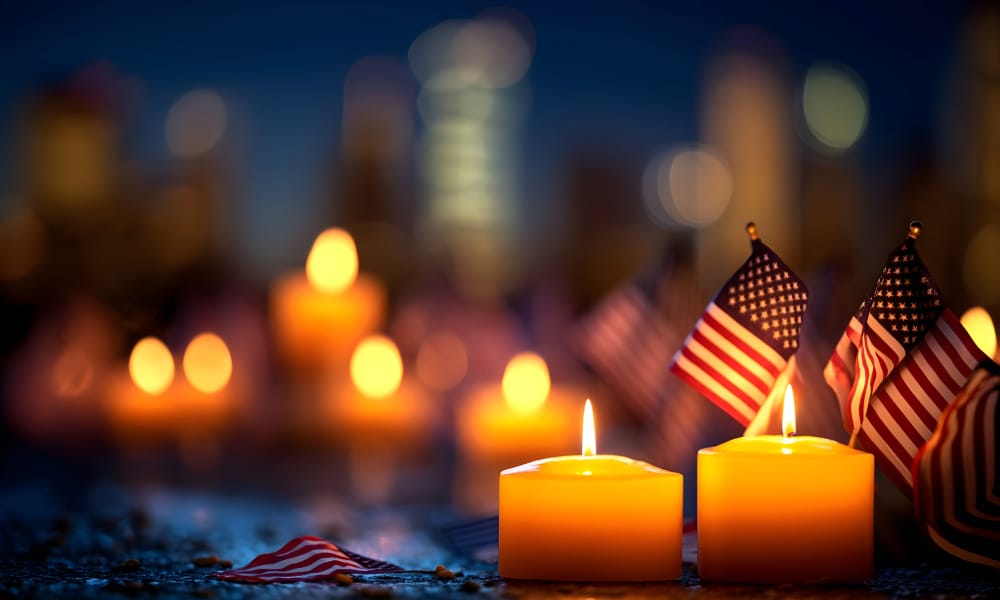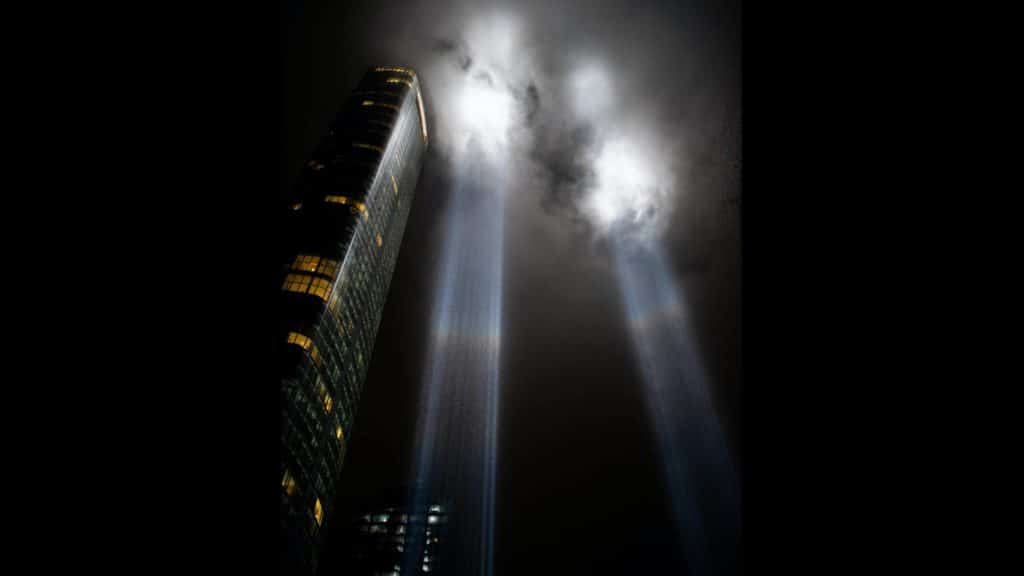
The terrorist attacks on September 11th, 2001, had devastating consequences, claiming more than 2,700 lives. But the effects of the attacks go beyond the tragic loss of life that day. Thousands of people were exposed to the 9/11 toxic dust cloud that spread throughout Lower Manhattan as the towers collapsed and then hung in the air for more than three months.
The toxic dust cloud consisted of a dangerous mixture of cement dust and particles, asbestos, and other toxic substances and heavy metals, such as lead,mercury, and cadmium, that are poisonous to the human body and brain. People who were exposed to the toxic dust cloud continue to struggle with arange of respiratory diseases, lung diseases, cancers, and other serious illnesses.
Recognizing the need to provide support to survivors of the 9/11 terrorist attacks, the government established the World Trade Center Health Program (WTCHP) and September 11th Victim Compensation Fund (VCF). These benefit programs provide medical treatment and financial compensation, respectively, for eligible victims, responders, and their families. In order to receive these benefits, you need to show that you were physically present in the toxic dust exposure zone. A lawyer at Weifuse & Weifuse, LLP can help you navigate the enrollment process and help prove your eligibility — and help get you the support you need.
What are Toxic Dust Exposure Zones?
To receive medical treatment or financial compensation under the WTCHP or September 11th Victim Compensation Fund respectively, victims must provide proof of presence in the toxic dust exposure zones. These are the 9/11 crash site “Ground Zero,” the Pentagon, Shanksville, PA, or within the NYC exposure area. The WTCHP and September 11th Victim Compensation Fund use different requirements for the exposure zones in New York.
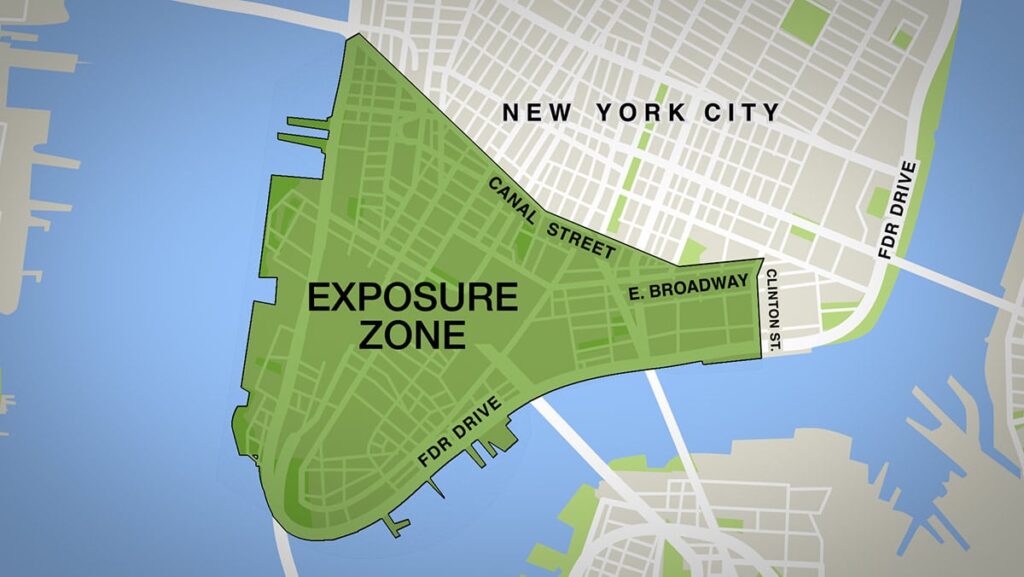
The World Trade Health Program
The World Trade Center Health Program was established under the Zadroga Act and has helped people who were present during and after the 9/11 attacks pay for medical treatment with no co-payments, deductibles, or any other out-of-pocket expenses. To qualify for benefits under the WTCHP, survivors or responders must meet certain requirements, including providing proof of presence in the toxic dust exposure zone, also referred to as the NYC Disaster Area.
The toxic dust exposure zone, as defined by the WTCHP, encompasses the area of Manhattan south of Houston Street** and any block in Brooklyn wholly or partially contained within a 1.5-mile radius of the former WTC complex.
The eligibility criteria concerning presence in the exposure zone are slightly different for survivors and responders.
- Survivors must have been present in the exposure zone south of Houston Street or within the 1.5-mile radius into Brooklyn
- Responders must have been present in the exposure zone south of Houston Street
The WTCHP also requires a minimum exposure period in the toxic dust cloud. In general, the minimum hour requirements are lower for responders compared to survivors to be eligible for benefits under the WTCHP. However, these requirements may be different in your specific case. A lawyer at Weifuse & Weifuse, LLP can guide you through the enrollment process and determine your eligibility for medical treatment under the WTCHP.
The 9/11 Compensation Fund
The Zadroga Act also established the September 11th Victim Compensation Fund, a benefit program that provides financial compensation for physical harm or a family member’s death due to a 9/11-related injury or illness. In order to qualify for compensation under the September 11th Victim Compensation Fund, victims must provide proof of presence in the toxic dust exposure zone.
The exposure zone as defined by the September 11th Victim Compensation Fund encompasses a smaller area that includes the area in Manhattan south of the line that runs along Houston Street and East Broadway, north on East Broadway to Clinton Street, and east on Clinton Street to the East River.
Eligibility under the September 11th Victim Compensation Fund also requires exposure to the toxic cloud in the “immediate aftermath” of the 9/11 attacks. The “immediate aftermath” is defined as the period between September 11, 2001, and May 30, 2002. However, the sufficiency of exposure depends on individual circumstances, including factors such as location, nature of work, and duration of exposure. Contact Weifuse & Weifuse today to determine your eligibility for financial compensation from the VCF.
The Staten Island Landfill and Other Exposure Zones
Both benefit programs consider applications or claims by people who were present in other exposure zones, including the Fresh Kills Landfill on Staten Island, certain barge loading piers, the Port Authority Trans-Hudson Tunnel, and other areas related to or along the routes of debris removal. The minimum hour requirements for exposure differ between these exposure zones and depend on the nature of the work.
How Do You Prove Presence in the Toxic Dust Exposure Zones?
In order to receive medical treatment for 9/11-related illnesses from the WTCHP or financial compensation from the September 11th Victim Compensation Fund, you must meet the eligibility requirements, including presence in one of the toxic dust exposure zones. Several documents can be provided to help establish proof of presence and support your eligibility for benefits. These may include:
- Employer records stating your whereabouts on or after September 11, 2001, including information such as activities, location, days, and hours performing 9/11-related activities. This may be a letter from your employer or union, an official personnel roster, timesheets, or pay stubs confirming your presence.
- Proof of residence, such as rent or mortgage receipts, or utility bills that confirms the presence in the exposure zone.
- Other documents supporting proof of presence, such as medical records, school or daycare records, or transcripts.
Contact Our 9/11 VCF Lawyers to Navigate Your Claims Process
If you or a loved one is seeking 9/11 benefits, our experienced compensation lawyers at Weisfuse & Weisfuse, LLP can help. We help our clients navigate the enrollment process and understand the eligibility requirements of the World Trade Center Health Program and the September 11th Victim Compensation Fund. To learn more about our services and how we can help you, please call us at 212-983-3000 or contact us online to schedule a free consultation to discuss your needs.
** Numerous advertisements and media outlets are informing New Yorkers about their possible eligibility for 9/11 benefits if they were in Lower Manhattan during the attacks and suffer from health conditions due to toxic dust exposure. At Weisfuse & Weisfuse LLP, we emphasize that the “exposure zone” isn’t limited to Canal Street but can extend further to Houston Street.
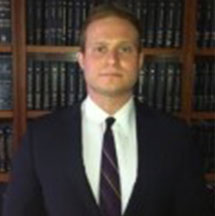
About Jason Weisfuse –
9/11 Victim Compensation Fund Attorney
About Jason Weisfuse –
9/11 Victim Compensation Fund Attorney
Jason E. Weisfuse is a seasoned 9/11 cancer attorney and managing partner at Weisfuse & Weisfuse, LLP, a New York City-based law firm dedicated to representing individuals affected by the September 11th attacks. Since the establishment of the September 11th Victim Compensation Fund (VCF), Jason has been instrumental in assisting first responders, survivors, and families in securing the compensation and medical benefits they deserve.
With a Juris Doctor from New York Law School (2009), Jason brings extensive experience regarding the 9/11 Victim Compensation Fund to his practice. His deep understanding of the VCF and the World Trade Center Health Program (WTCHP) has enabled him to navigate complex claims processes effectively, resulting in substantial awards for his clients.
Jason’s commitment to the victims in the 9/11 community is evident through his active involvement in professional organizations such as the New York State Trial Lawyers Association and the American Association for Justice. He has also contributed to legal discourse with publications in the New York Law Journal, reflecting his dedication to legal excellence and advocacy.
At Weisfuse & Weisfuse, LLP, Jason continues to provide compassionate and knowledgeable representation, ensuring that those affected by 9/11 receive the support and compensation they are entitled to.
